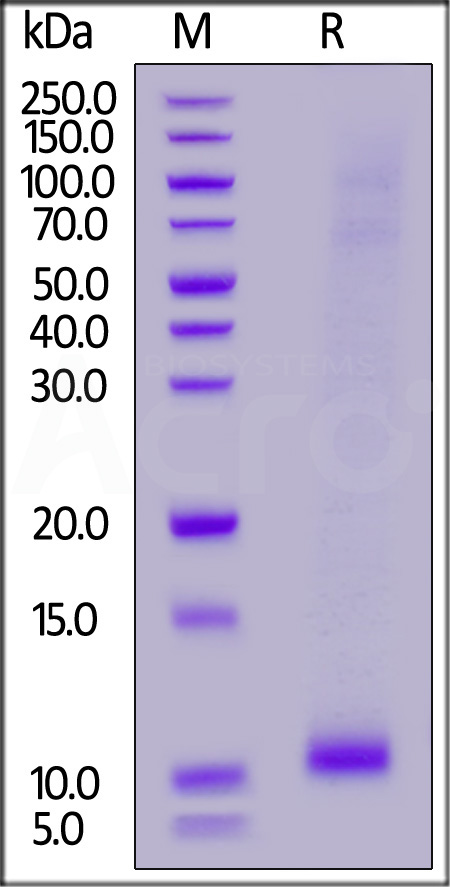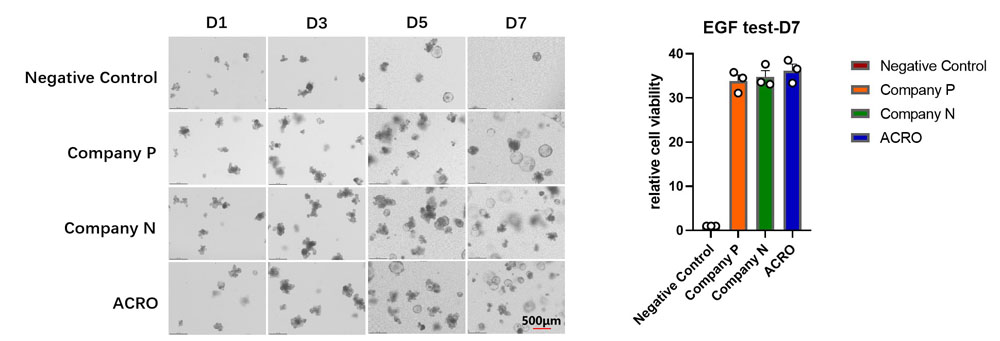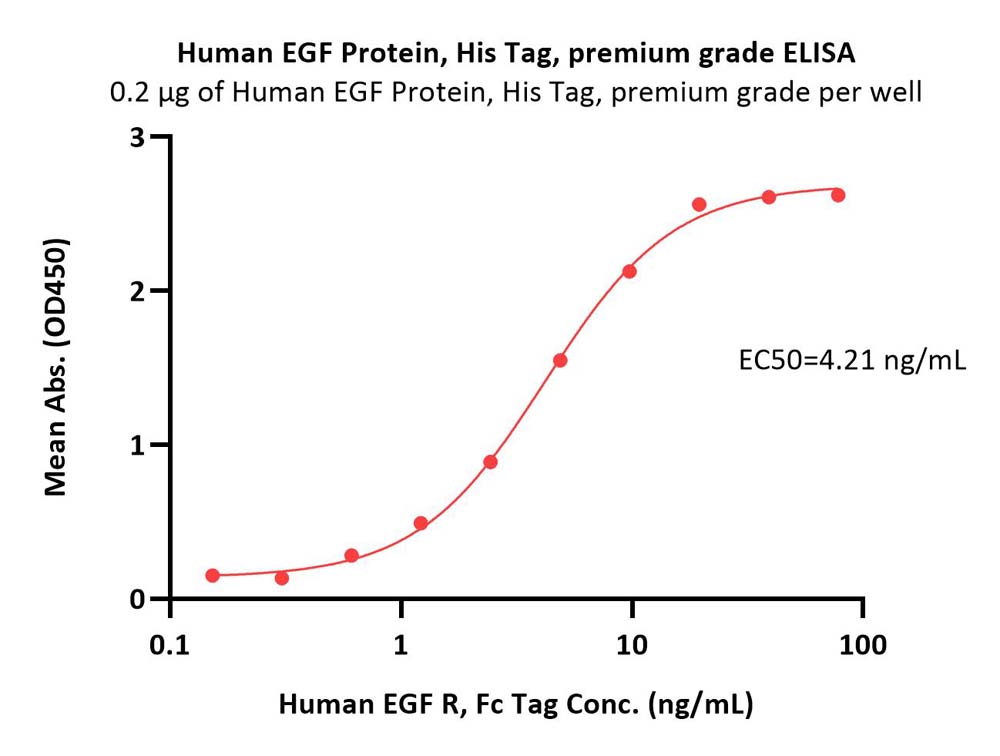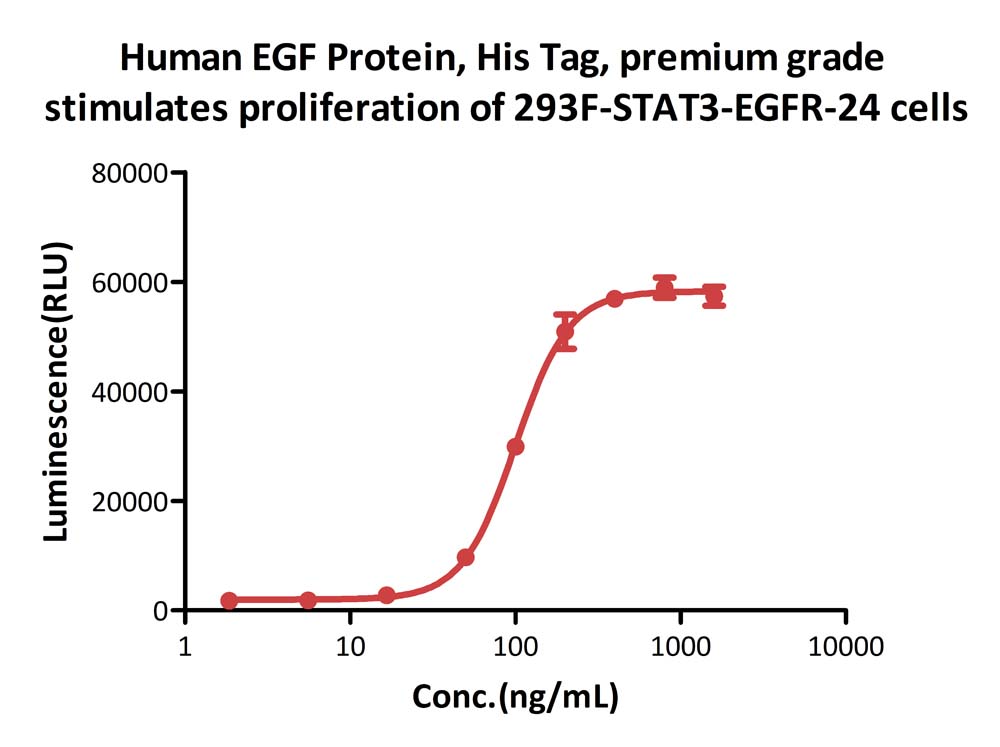Taraxacum sinicum Kitag. (Binpu-3) root extract inhibits tumor invasion via Notch signaling in Drosophila and human breast cancer MDA-MB-231 cellsWu, Zhang, Shu
et alFront Pharmacol (2025) 16, 1494545
Abstract: Metastasis is the primary cause of death in patients with malignant tumors. Therefore, effectively controlling or reversing tumor cell growth and metastasis is crucial for treating malignant tumors. In this study, we investigated the effects and underlying mechanisms of Binpu-3 (a strain of Taraxacum sinicum Kitag., which was cultivated in slightly saline-alkali soil) on tumor invasion both in Drosophila and human breast cancer cells. High-performance liquid chromatography (HPLC) analysis revealed that caftaric, chlorogenic, caffeic, and cichoric acids in the Binpu-3 leaves and roots were significantly higher than those in the wild-type Handan strain. Binpu-3 root extract (Binpu-3RE) suppressed the invasion rate of tumor cells at 25.00 mg/mL in the Drosophila eyeful model, whereas Binpu-3 leaf extract had no obvious effect on tumor metastasis. Accordingly, we found that caffeic acid, quercetin, apigenin, and taraxasterol content in Binpu-3 roots was significantly higher than that in the leaves. In addition, ultra performance liquid chromatography-high resolution mass spectrometry (UPLC-HRMS) analysis revealed that Binpu-3RE contained various constituents, including pantothenate (0.1%), butein (0.53%), chlorogenate (0.78%), chicoric acid (1.96%), azelaic acid (0.23%), and [6]-gingerol (0.13%). In vivo, Binpu-3RE impeded ptc>scrib-IR triggered cell migration in Drosophila at an appropriate concentration, and 25.00 mg/mL was selected as the best dose to carry out follow-up mechanistic research. This dose of Binpu-3RE reduced the mRNA levels of Notch pathway key genes Delta, Serrate, Notch, Su(H), and En(spl), the expression levels of NRE-GFP (Notch activity reporter), β-integrin, and metalloproteinase-1 (MMP1) in Drosophila. Cell viability, wound healing, transwell, and Western blotting assays data implied that Binpu-3RE reduced cell growth, migration, invasion, and the expression of Notch1, Jagged1, and HES1 in human breast cancer MDA-MB-231 cells. In summary, the saline-alkali tolerant dandelion Binpu-3 used in this study was of excellent quality, and the root extract showed significant anti-tumor metastasis effects via reduction of Notch signal activity and the expression β-integrin and MMP1 proteins in Drosophila and breast cancer cells, providing a theoretical basis for the development and use of alkaline-soil dandelion herbs, and a therapeutic strategy for the clinical treatment of malignant breast cancer.Copyright © 2025 Wu, Zhang, Shu, Feng, Meng, Kong, Cao, Jiang, Wang, Wu, Wu and Wang.
Vitamin D3 and its active form calcitriol suppress erythroleukemia through upregulation of CHAC1 and downregulation of NOTCH1Hong, Yang, Gao
et alMed Oncol (2025) 42 (5), 138
Abstract: Vitamin D3 (VD3) and its active form calcitriol (Ca) exhibit anti-neoplastic activity against several types of cancer, although the underlying mechanism is not fully understood. Herein, we tested the effects of VD3 and Ca on erythro-leukemogenesis and investigated the underlying mechanism. VD3 and Ca treatment strongly inhibited cancer progression in a mouse model of erythroleukemia induced by the Friend virus. In tissue culture, VD3 and Ca inhibited proliferation of leukemic cell lines. Growth inhibition was associated with induction of G1 phase cell cycle arrest and apoptosis. Transcription of the VD3 receptor, VDR, is strongly induced by Ca, but not VDR. However, leukemia growth suppression by both VD3 and Ca is shown to be independent of VDR. In leukemic cells, both VD3 and Ca induced genes associated with metabolic pathways. Both VD3 and Ca induce the cytosolic glutathione degradase CHAC1 through activation of the ER stress response pathway ATF3/ATF4/CHOP genes. Higher expression of CHAC1 also suppressed the oncogene NOTCH1. Accordingly, knockdown of CHAC1 antagonized the inhibitory effect of VD3 and Ca on leukemic growth leading to higher NOTCH1 expression. Conversely, overexpression of CHAC1 suppressed leukemia cell growth and inhibited the expression of NOTCH1. Additionally, glutathione antagonized leukemia cell suppression induced by VD3 and Ca, demonstrating that this vitamin inhibits the proliferation of leukemic cells via CHAC1. Taken together, our results demonstrated that VD3 and Ca can prolong the survival of leukemia mice and inhibit the proliferation of erythroleukemia cell HEL through CHAC1 or CHAC1-mediated NOTCH1 inhibition.© 2025. The Author(s), under exclusive licence to Springer Science+Business Media, LLC, part of Springer Nature.
Three-Dimensional Cultured Human Nasal Epithelial Cell Model for Testing Respiratory Toxicity and Neurotoxicity of Air PollutantsWang, Xu, Han
et alEnviron Sci Technol (2025)
Abstract: Accumulating evidence suggests a strong correlation between air pollution and neurological disorders; however, appropriate models and methodologies are currently lacking. In this study, a human nasal RPMI 2650 cell model based on air-liquid interface culture was discovered to possess olfactory epithelial cells. Two short-chain per- and polyfluoroalkyl substances (PFAS), PFBA and PFHxA, were used to validate the performance of the model. RNA sequencing initially revealed the adverse effects of two PFAS at environmentally relevant concentrations. Their effects on key nasal epithelial cell functions, including barrier protection, solute transport, and neuronal activity, were separately investigated. Both PFBA and PFHxA disrupted membrane integrity and increased cellular transport capacity, as indicated by the upregulation of ABC transporters. Additionally, they inhibited tight junction proteins, including ZO-1, claudin-3, and occludin, while increasing mucin expression and mucus secretion. PFHxA exhibited stronger effects in most assays and uniquely induced a significant upregulation of NOTCH1 expression (p < 0.05), highlighting its potential hazards on olfactory neurons. This study proposed a novel in vitro test model with the matched respiratory epithelial and neuronal end points, which was expected to improve toxicological research and risk assessment of air pollutants.
Notch Is Required for Neural Progenitor Proliferation During Embryonic Eye RegrowthGuerin, Gutierrez, Zhang
et alInt J Mol Sci (2025) 26 (6)
Abstract: The ability of an organism to regrow tissues is regulated by various signaling pathways. One such pathway that has been studied widely both in the context of regeneration and development is the Notch signaling pathway. Notch is required for the development of the eye and regeneration of tissues in multiple organisms, but it is unknown if Notch plays a role in the regulation of Xenopus laevis embryonic eye regrowth. We found that Notch1 is required for eye regrowth and regulates retinal progenitor cell proliferation. Chemical and molecular inhibition of Notch1 significantly decreased eye regrowth by reducing retinal progenitor cell proliferation without affecting retinal differentiation. Temporal inhibition studies showed that Notch function is required during the first day of regrowth. Interestingly, Notch1 loss-of-function phenocopied the effects of the inhibition of the proton pump, vacuolar-type ATPase (V-ATPase), where retinal proliferation but not differentiation was blocked during eye regrowth. Overexpression of a form of activated Notch1, the Notch intracellular domain (NICD) rescued the loss of eye regrowth due to V-ATPase inhibition. These findings highlight the importance of the Notch signaling pathway in eye regeneration and its role in inducing retinal progenitor cell proliferation in response to injury.







 +添加评论
+添加评论






















































 膜杰作
膜杰作 Star Staining
Star Staining















